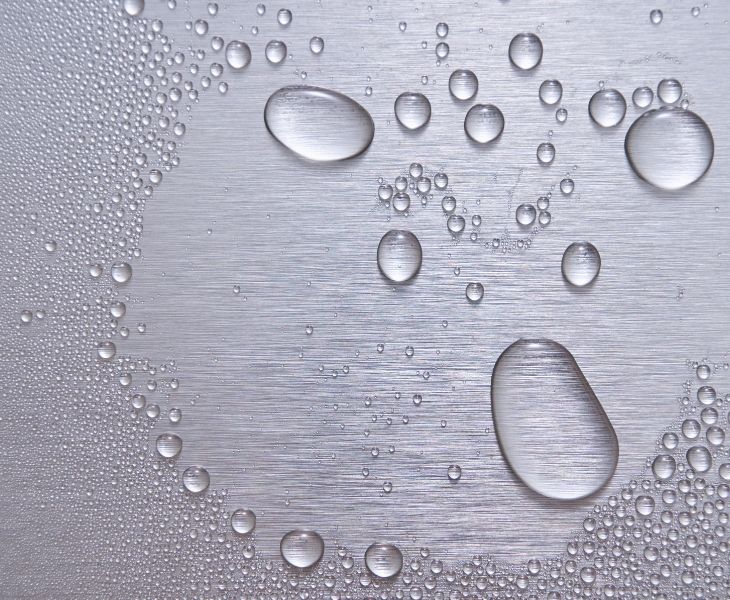Safety Overview
This is a basic safety guide for stainless steel sheets:
- Stainless steel is classed as an Article under the REACH regulation, which means it doesn’t need a safety data sheet.
- Stainless steel is safe to use in solid form. It doesn’t release harmful substances, so it is widely used medical tools, kitchens, and drinking water applications.
- Stainless steel has no odor.
- Stainless steel is 100% recyclable. Its not harmful and it is treated as non-dangerous waste.
- Stainless steel does not contain dangerous form of chromium.
- Stainless steel is solid and does not pollute the environment.
Fire Performance
Stainless steel does not catch fire. It cannot be ignited and does not help spread flames. The surface of stainless steel stays stable and does not react easily in fire or heat. It remains strong in the kind of oxygen-rich conditions that are usually present during a fire.


How to Clean Stainless Steel Sheet
Regular cleaning is important to keep the stainless steel sheet in good condition especially in places like building cladding or store signage. Cleaning protects the stainless steel sheet from dirt that can lead to corrosion or discoloration.
What are the Steps in Cleaning Stainless Steel Panels?
- Mix warm water with mild soap
- Wash the stainless steel sheet surface using soft cloth
- Use a clean cold water for rinsing
- Avoid water spot and improve shine by drying the surface using a dry soft cloth
Why Cleaning is Important?
- Dirt and pollution can damage the surface
- Cleaning should be done more often in areas with more pollution or salt
- Clean stainless steel lasts longer and looks better
How Often Does a Stainless Steel Sheet Needs to be Clean?
- Cleaning frequency depends on the location and local environment
- Clean the stainless steel sheet at least every two months in harsh environments



